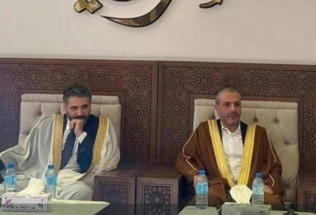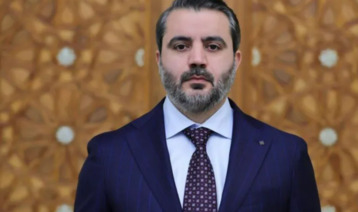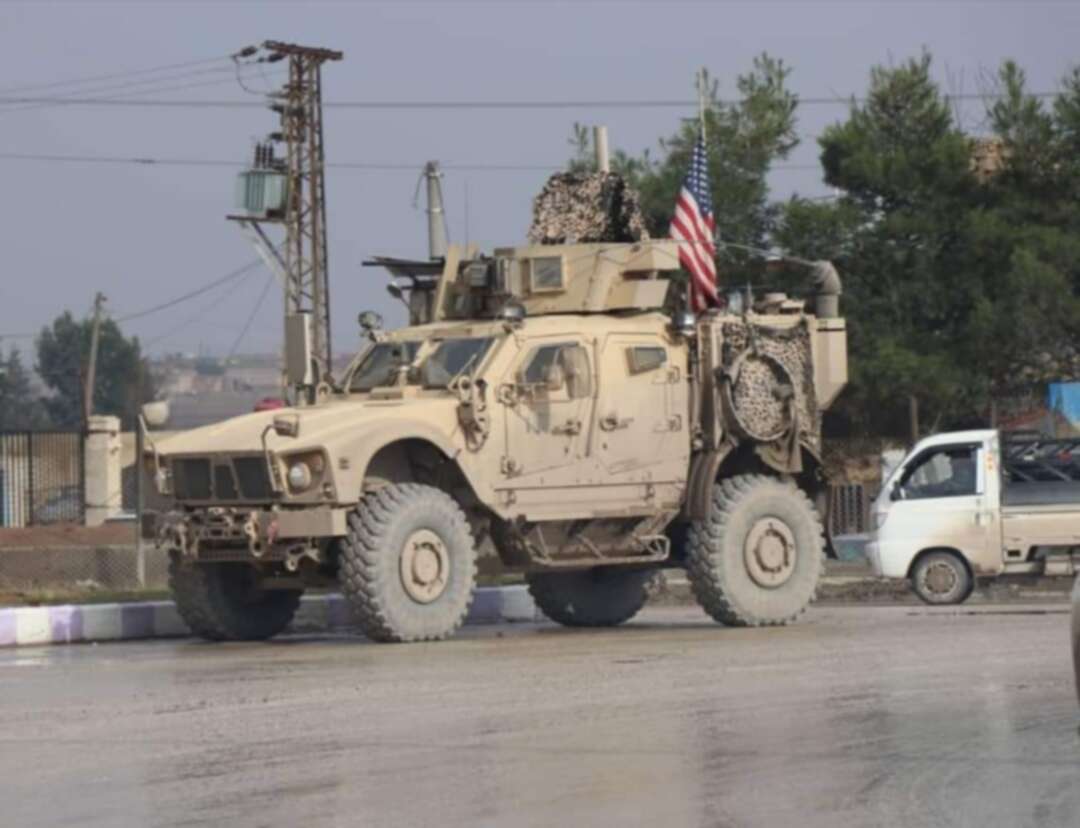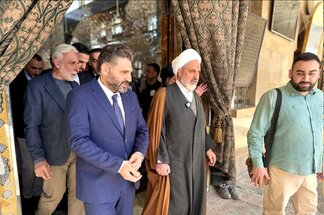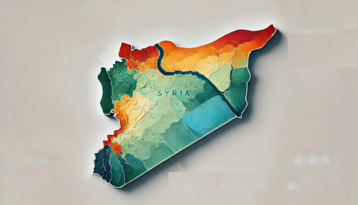-
Fresh clashes erupt in Baghdad despite call for calm by top cleric
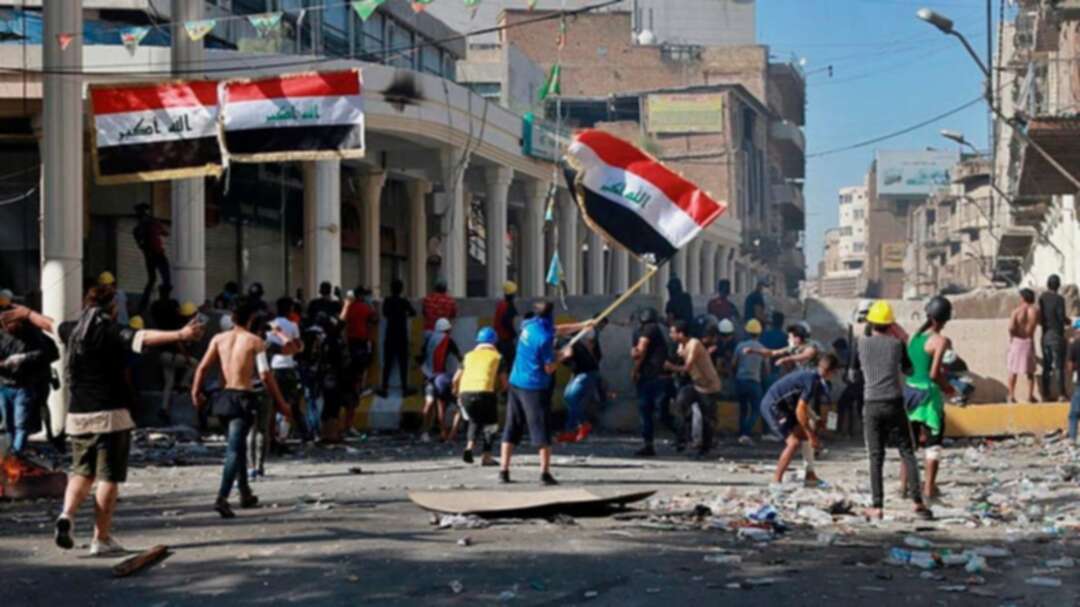
Security forces fired tear gas and threw stun grenades into crowds of protesters wearing helmets and makeshift body armor on a main road in the middle of the Iraqi capital, sending demonstrators scattering, some wounded, Reuters reporters said.
More than 260 people have been killed since the protests over a lack of jobs and services began in Baghdad on October 1 and quickly spread to southern provinces, according to police and medics.
Police, the military and paramilitary groups have used live gunfire against mostly unarmed protesters since the beginning of the unrest.
Grand Ayatollah Ali al-Sistani, who only speaks on politics in times of crisis and wields enormous influence over public opinion in Shi’ite-majority Iraq, held security forces accountable for any violent escalation and urged the government to respond as quickly as possible to demonstrators’ demands.
“The biggest responsibility is on the security forces,” a representative of Sistani said in a sermon after Friday prayers in the holy city of Karbala. “They must avoid using excessive force with peaceful protesters.”
Protesters, some of whom view Sistani as part of the political and religious system they say is the cause of many Iraqis’ misery, took little solace from the cleric’s words.
“He says he’s supporting protests and that we should keep going but he hasn’t helped. The speech won’t make a difference either way,” said one woman protesting in Baghdad whose son was killed in recent clashes.
“I’m the mother of a student. They took his life,” she said, giving her name as Umm al-Shaheed, Arabic for mother of the martyr.
The demonstrators, mostly unemployed youths, demand an overhaul of the political system and a corrupt ruling class which has dominated state institutions since the US-led overthrow of Saddam Hussein in 2003.
The violent response from authorities has fueled public anger. Snipers from Iran-backed militias that have participated in the crackdown were deployed last month, Reuters reported.
Deadly force
Live fire is still being used and even tear gas canisters, fired directly at protesters’ bodies instead of being lobbed into crowds, have killed at least 16 people, New York-based Human Rights Watch said on Friday.
Doctors at hospitals have shown Reuters scans of tear gas canisters embedded in the skulls of dead protesters.
Sistani warned against the exploitation of the unrest by “internal and external” forces which he said sought to destabilize Iraq for their own goals. He did not elaborate.
He said those in power must come up with a meaningful response to the demonstrations.
Handouts for the poor, promises to try corrupt officials and creation of more job opportunities for graduates have failed to placate protesters, whose demands include a new electoral system and the removal of all current political leaders.
The protesters have also rejected foreign interference in Iraq, which has long been caught between its two main allies and bitter rivals the United States and Iran.
Public anger has been directed particularly towards Iran, which supports the parties and paramilitary groups that dominate the Baghdad government and state institutions.
You May Also Like
Popular Posts
Caricature
BENEFIT Sponsors Gulf Uni...
- April 17, 2025
BENEFIT, the Kingdom’s innovator and leading company in Fintech and electronic financial transactions service, has announced its sponsorship of the “Innovation and Sustainable Technology Solutions Competition (GU - IST Solutions), hosted by Gulf University at its main campus.
This strategic sponsorship reflects BENEFIT’s active role in advancing technological innovation and fostering sustainable solutions to future challenges. It also seeks to empower Bahraini youth by enhancing their skills, capabilities, and competitiveness in innovation and solution development—contributing meaningfully to the broader goals of sustainable development across all sectors.
As part of BENEFIT’s active involvement in the competition, the company has announced that Hanan Abdulla Hasan, Senior Manager of Public Relations and Communication, will serve on the competition’s supervisory committee. Her upcoming participation reflects BENEFIT’s forward-looking commitment to championing academic and professional excellence.
Commenting on the occasion, Hanan Abdulla Hasan, Senior Manager of Public Relations and Communication at BENEFIT, said, “We are privileged to support this pioneering initiative, which aligns seamlessly with BENEFIT’s enduring commitment to fostering innovation and nurturing the potential of Bahrain’s youth. Our participation is rooted in a deep sense of social responsibility and a firm belief in the pivotal role of innovation in shaping a sustainable future. Through such platforms, we seek to empower the next generation with the knowledge, skills, and foresight required to develop impactful solutions that address future challenges, in line with the United Nations Sustainable Development Goals 2030.”
Dr. Aseel Al Ayash Dean of the College of Engineering in Gulf University commented, “We extend our sincere gratitude to BENEFIT for their generous sponsorship and support of the Innovation and Sustainable Technology Solutions Competition. This contribution plays an instrumental role in helping us achieve the strategic goals of this initiative, namely, cultivating a culture of innovation and sustainability, encouraging efforts that address the imperatives of sustainable development, and enhancing the practical and professional capabilities of our students and participants.”
The event will bring together a diverse spectrum of participants, including secondary school students, university undergraduates, engineers, industry professionals, entrepreneurs, academic researchers, and subject matter experts representing a wide range of disciplines.
The competition seeks to inspire participants to develop and present innovative, sustainable technologies aimed at addressing pressing environmental, social, and economic challenges. It encourages the formulation of business models that integrate advanced technological solutions with core principles of sustainability. Moreover, it serves as a platform for emerging leaders, entrepreneurs, and innovators to contribute to the advancement of the Sustainable Development Goals, promote the ethos of responsible technology, and demonstrate its transformative potential across various sectors.
Attendees will have the opportunity to view a series of project presentations submitted by participants, covering diverse areas such as eco-friendly product design, smart and sustainable innovations, renewable energy technologies, water conservation and management, waste minimisation and recycling, green architectural solutions, and sustainable transportation systems. Outstanding projects will be formally recognised and awarded at the conclusion of the event.
opinion
Report
ads
Newsletter
Subscribe to our mailing list to get the new updates!


